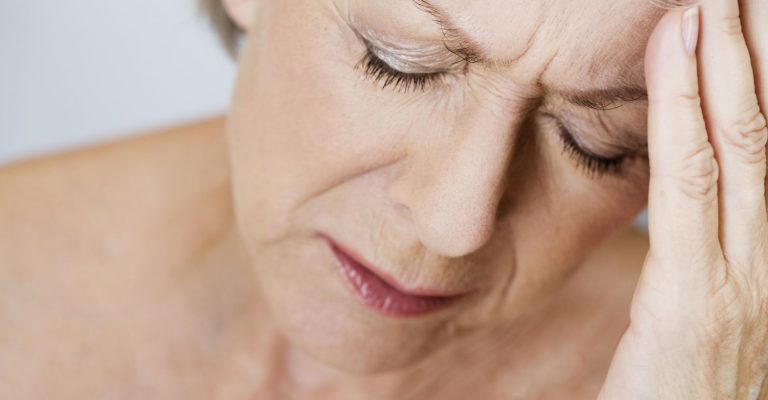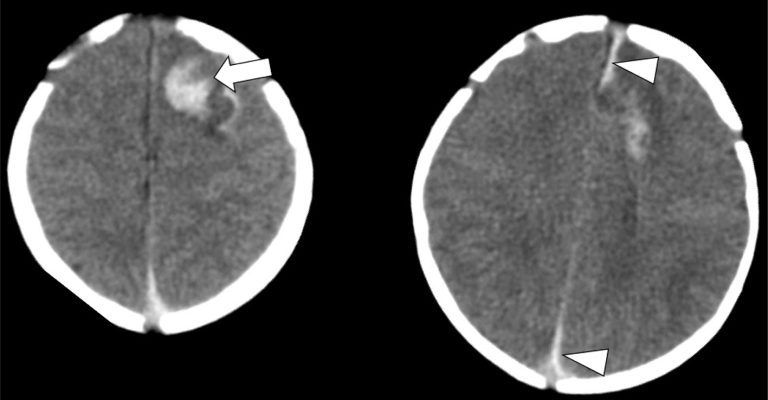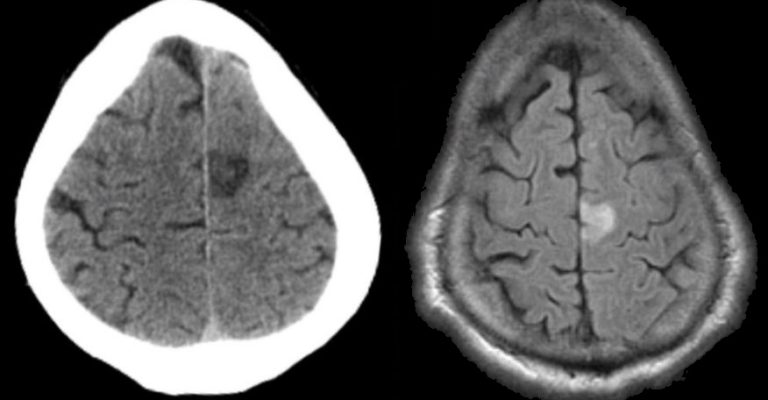
The most prominent feature of the human brain is the frontal lobe.
Language, memory, and the ability to reason and solve problems are only a few of the higher cognitive activities that it manages.
The frontal lobe is also critically important to the manner in which we communicate our emotions, as well as our personalities and our ability to move.
Because of this, recovering after a stroke affecting the frontal lobe can be especially challenging if you are unsure how to get started.
You are about to find out what to anticipate following a stroke in the frontal lobe and how to improve your chances of fully recovering.
The left and right frontal cortexes are the two lobes that make up the frontal lobe, which is made up of two paired lobes. These lobes, which together make up about two-thirds of the brain, are responsible for the control of a wide variety of functions.
The following is a list of the functions that are known to be controlled by the frontal lobe:
A stroke that affects the frontal lobe may have an effect on any of these capacities. Because the hemisphere of the brain that was impacted by the frontal lobe stroke can have implications for recovery, it can be helpful to ask the neurologist.

The frontal lobe is susceptible to damage from two different kinds of strokes (and all other areas of the brain).
The risks of having a stroke in the frontal lobe are higher than the possibility of having a subcortical stroke, which occurs deep within the brain. This is because the frontal lobe accounts for a major amount of the brain.
In addition, the frontal lobe is split in half, creating two hemispheres, and each hemisphere is responsible for controlling the opposite side of the body.
However, motor deficits are not the only side effect that can be caused by a stroke in the frontal lobe.
The frontal lobe is responsible for a diverse range of mental processes. Any one of these capabilities may be rendered ineffective in the event that it sustains damage as a result of the force of a stroke.
Because the frontal lobe is responsible for controlling such a wide variety of various functions, a stroke in this region of the brain can result in a wide variety of diverse side effects.
Each individual has their own distinct stroke, and no two brains are wired exactly alike. As a result, patients who have suffered a stroke in the frontal lobe will experience a wide variety of adverse symptoms.
The brain is capable of healing itself after a stroke that affects the frontal lobe, and some of the adverse effects, if not all of them, can be avoided via intense therapy and diligent effort.

Even while a frontal lobe stroke can have detrimental repercussions, there is no guarantee that those effects will be permanent.
Neuroplasticity is the term given to the process through which stroke victims can, at the very least, partially recover from the aftereffects of the condition.
Imagine that you are building new roads in order to comprehend how neuroplasticity operates. The more you engage in a certain activity, the more solid those roads will become. Repetition is the method through which all skills are first learned, and it is also the method through which skills are re-learned during the rehabilitation process.
The brain is given a workout via repetition, which in turn supports the formation of new “neural pathways.” The more you engage in deliberate practice of a certain ability, the more robust these brain pathways develop, and the more your function improves.
Therefore, it is possible for you to recover function even if you have experienced an injury to the frontal lobe, provided that you participate in therapy.